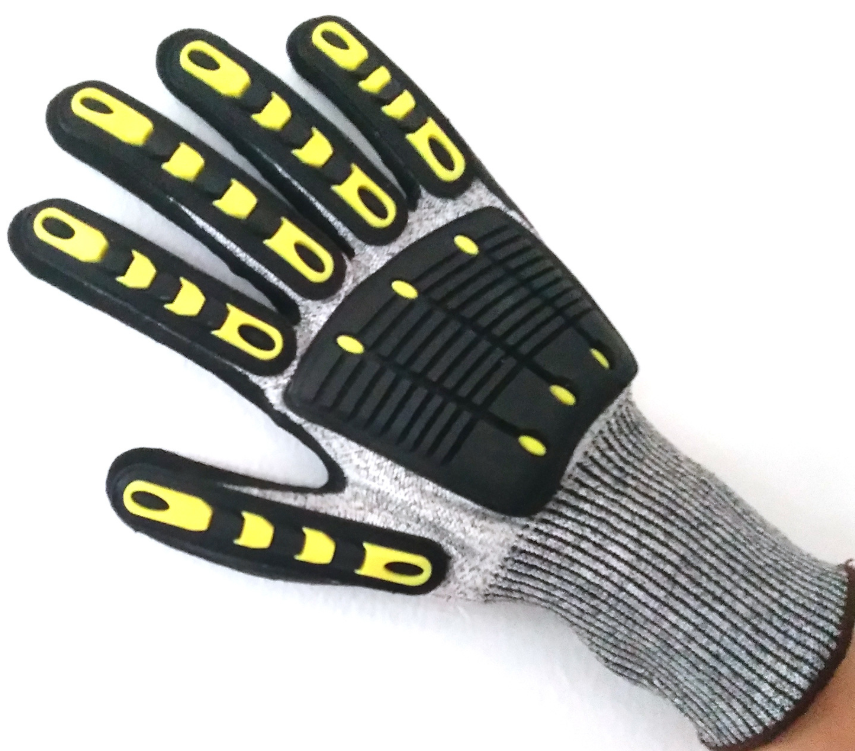Introduction of TRR material
Author:Gloves Addtime:2022-11-23 14:13:54 Click:
TPR is the abbreviation of thermo-Plastic-Rubber, it is one kind of thermoplastic soft rubber compound which has rubber elasticity and can be processed directly without vulcanization, such as injection molding, extrusion, blow molding and so on. The TPR material is one blending modified material that based on thermoplastic styrene-butadiene rubber (such as SBS, SEBS), adding resin (such as PP, PS), filler, plasticizer and other functional additives.
Appearance characteristics
The color of TPR is transparent or white particles; the shape is particle, the shape usually is spherical particles, ellipsoids and thin round bar, the surface is bright and has good reflective performance.
Basic characteristics
The rubber has good resilience and wear resistance, excellent slip resistance and shock-absorption performance, TPR material is superior to rubber in softness and comfort, but its tensile strength, fatigue resistance and mechanical properties are not as good as vulcanized rubber.
The temperature range is -45~90°C. The TPR material is usually based on SBS substrate. Its chemical properties are as follows: its weather resistance and aging resistance are common, temperature resistance range is 70°C~75°C. A modified material of SEBS substrate may be selected
if one material with good aging resistance and temperature resistance is required,
Hardness characteristics: the hardness of TPR material can be adjusted within the shore hardness range of 50-100 degrees, and modified materials based on SEBS can be adjusted to a lower hardness.
Processing characteristics: TPR material has good bonding properties with certain glues and inks, also has good oil-jet screen printing processability.
Environmentally friendly properties: as environmentally friendly soft rubber, the main hazardous substances of TPR material, such as plasticizer phthalate Phthalate, nonylphenol NP, polycyclic aromatic hydrocarbon PAHs, their testing result meet ROHS, REACH, EN71-3, ASTMF963 environmental testing standards .
Material application
TPR materials are widely used in daily products, adult products, hardware tools, luggage wheels, sports equipment, toy products, auto parts, medical products, wire & cable, electronic appliances, communication instruments and shoe products. Among them, the shoe material and toy industry are mainly used in the application of TSR for SBS substrates. The modified material based on SEBS are mainly used for products that require good aging resistance, weather resistance, high tensile strength and low hardness (lower than 5 degree of Shore hardness).
Method of differentiation
Both TPR and PVC are soft materials with rubber elasticity, which are difficult to identify by appearance and hand feeling. It is more intuitive and easy to distinguish by burning.
The smell of burning: TPR burns with fragrant taste and the taste is not unpleasant. PVC burns with a smell of chlorine and is unpleasant.
Flame color: The burning color of PVC is green and TPR is blue.
Flame retardant grade (refers to materials without flame retardant): the flame retardant grade of PVC is UL94-V2, which has self-extinguishing property, ignition combustion, and the flame is generally extinguished after the ignition source is evacuated;
The TPR flame retardant grade is UL94-HB, which burns in case of fire and does not extinguish after being burned from fire.
